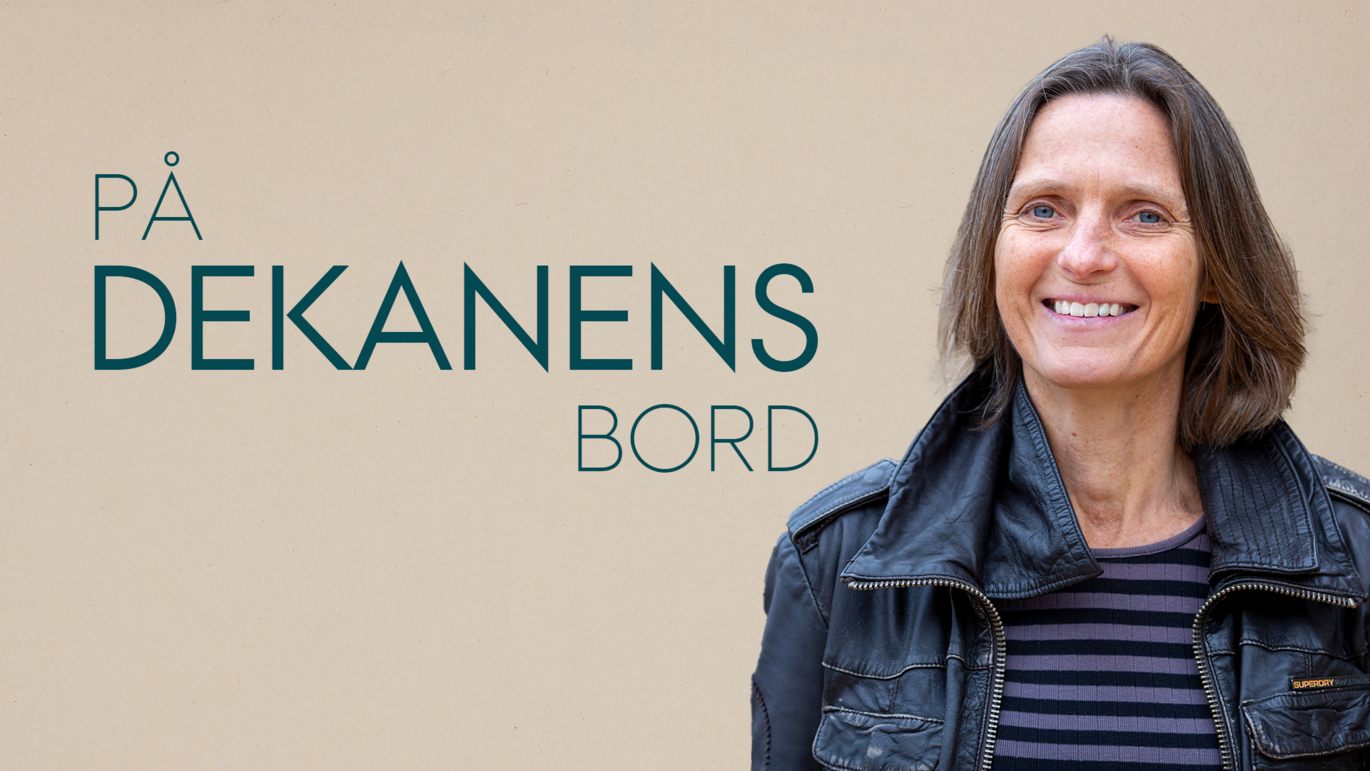Health innovation: Can we do (even) better?
There’s a lot of talk about innovation. But what do we actually mean by innovation? How do we work with innovation in practice? And how do we realise our full potential?

There’s is a strong focus on innovation internationally. In Denmark, a new National Centre for Health Innovation has just been established, and here at Health we are engaged in an increasingly active discussion about how we translate research into solutions and how to support implementation. But I’ve often wondered: What exactly is innovation? Is the way we define innovation too narrow?
Definitions of innovation tend to see innovation as being about the creation of novel, or significantly improved, ideas, processes or products that create value for someone or something. In this very broad sense, innovation is at the core of what we do – which is to develop healthcare solutions that make a difference in hospitals, dental clinics, medical centres and in the homes of citizens, patients and their relatives. Solutions that are backed by solid research and which contribute to better health outcomes for everyone.
We know that we will be facing increasing demands and increasing levels of complexity in the years to come – with an ageing population and more people living with multiple and chronic illnesses. In addition, the new healthcare reform heralds a comprehensive transformation of the entire healthcare system in Denmark. So if we want to solve more complex tasks faster and cheaper, we need to find smarter ways to do it.
At Health, working with innovation is among our strengths:
- The Department of Biomedicine is a hotbed for spinouts,
- The Department of Clinical Medicine hosts the Biomedical Design Fellowship programme sponsored by the Novo Nordisk Foundation,
- The Department of Public Health has developed ambitious programmes that teach students about health inequality in escape rooms,
- The Department of Dentistry and Oral Health is co-developing the world’s first dental MR scanner, and
- The Department of Forensic Medicine has developed a method designed to reveal the age of fingerprints and bloodstains to help the police solve crimes.
These are just a few examples of Health-initiated research and teaching activities that have made a significant impact through the creation of innovative solutions.
We have strong aspirations for innovation, this goes for our students as well. For example, we have just launched a new interdisciplinary elective, Healthy Innovation, which will see a new generation of healthcare professionals enter the labour market with an innovative mindset and the ability to spot needs and find solutions. That’s pretty good going!
The increased need for innovation in society places new demands on us as an organisation – not least on us as leaders. Even though we have already come along way, I believe we have a lot of untapped potential for innovation at Health. Therefore, we are doing all we can to create the most favourable conditions for our researchers, teachers and students to realise their innovative potential.